“BIAN Reference Model” for the banking industry or how to stop reinventing the wheel
Since I noticed that you, Caesar, have already built a lot and are continuing to build, I have developed certain rules so that you yourself can assess the quality of both existing and future buildings.
Vitruvius, architect of the Roman Empire
The success and stability of the development of any enterprise is directly related to the presence of a high-quality business architecture, which includes statements about the mission and goals of the organization, the main success factors, business strategies, structures and processes.
In telecommunication companies in Russia, the practice of applying the reference model of the Enhanced Telecom Operations Map (eTOM), focused on the business processes of service operators and other representatives of the information and communications technology industry, has long been adopted. The model is used as a template for managing and reorganizing processes, as well as to simplify interaction with partners and other service operators. In the banking industry, unfortunately, in the open spaces of Russia, they do not use the approach of building and analyzing processes based on reference models developed by international organizations. Both small microfinance enterprises and large banks build their processes based on the experience and mistakes of their employees.standard BIAN , and in the analysis of their decisions. In this case, there is often information that such models simply do not exist, although this is not the case. Perhaps this is due to the lack of such information in the Russian-speaking specialized (Internet) communities.
The purpose of my article is to draw attention to one of these models, namely, the reference model BIAN , which will be discussed below.
In my article for the high-level review of the BIAN standard, I will resort to a partial translation of the document “ BIAN How-to Guide-INTRODUCTION TO BIAN V6.0 ” with an emphasis on key aspects of the standard. You can read the document here . Also, when translating, I will allow myself to deviate from the original and give my comments where I deem it necessary.
1. Introduction to BIAN (Banking Industry Architecture Network)
The Banking Industry Architecture Network (BIAN) is an association of bank architects, banking software providers and service providers with the overall goal of creating a standard semantic banking service environment. According to the expectations of the BIAN developers, the classification of business functions and interactions within any bank in the standard issued will bring significant benefits to the industry.
The main documents that make up and supplement the BIAN standard:
- high-level map of services “ BIAN Service Landscape ” - “Landscape Services”;
- collection of documents " BIAN How-to Guide ";
- Metamodel BIAN Metamodel ;
- definition of business scenarios " BIAN Business Scenario ";
- classification into business functions / areas (service domains) and their services (service operations) “ BIAN Service Domain Definitions ”;
- business dictionary " BIAN business vocabulary ";
- and the BIAN Business Object Model .
The BIAN standard is published in a repository with read access to the HTML version; you can access it through the navigation on the BIAN bian.org website . In addition, with each published standard BIAN version is being produced and a collection of supporting documents, including a series of guidelines « How-to Guide Review » .
Often the standard is referred to as “BIAN Service Landscape” by members of an association . A more formal name is “BIAN SOA Framework” . The description for the developers of the standard itself is presented in the second BIAN document “How to Guide - Developing Content” .
Content of the How-to Guide
Documents « How-to Guide Review » describe approaches work with the standard. The guidelines at the time of this writing include:
- BIAN How-to Guide - INTRODUCTION TO BIAN V6.0
- BIAN How-to Guide - DESIGN PRINCIPLES TECHNIQUES V6.0 - The document is aimed at business architects and system architects. It explains the approaches for applying and reorganizing processes using the BIAN standard.
- BIAN How-to Guide - DEVELOPING CONTENT V6.0 - The document is intended for members of the BIAN working group. Explains the principles, patterns and tools used in developing a standard.
- BIAN How-to Guide - APPLYING THE BIAN STANDARD V6.0 - The target audience of the document are technical specialists who are to apply the BIAN approaches with the direct implementation (deployment) of systems.
- BIAN How-to Guide - SEMANTIC API V6.0 - This document describes how the BIAN standard can be used to develop an application programming interface (API). In the near future, a practical guide for developers is planned.
Each document is designed for its audience.
Taken together, the manuals reveal in detail the BIAN standard approach for implementing the basic model of the IT infrastructure created according to the standards of the service-oriented architecture (SOA).
It is also worth noting that quite recently the BIAN standard was considered in the context of the specification of application software interfaces (APIs) and its adaptation to microservice “architectures”.
The following is a brief overview of the documents in the BIAN How-to Guide series numbered 2, 3 and 4 from the list above.
2. Principles and design methods (Design principles and techniques)
The BIAN standard uses the approach of identifying business areas (service domains) and related services (service operations), which can be selected and combined into models of any bank (or financial enterprise). The BIAN model is “canonical”, which means that it can be used by any bank regardless of its subsequent technical implementations. To define the “canonical model BIAN”, the approach to its design should be fundamentally different from the more traditional process-oriented methods. BIAN uses a service-oriented architecture (SOA) approach.
The diagram below describes the key design ideas used in the BIAN standard:
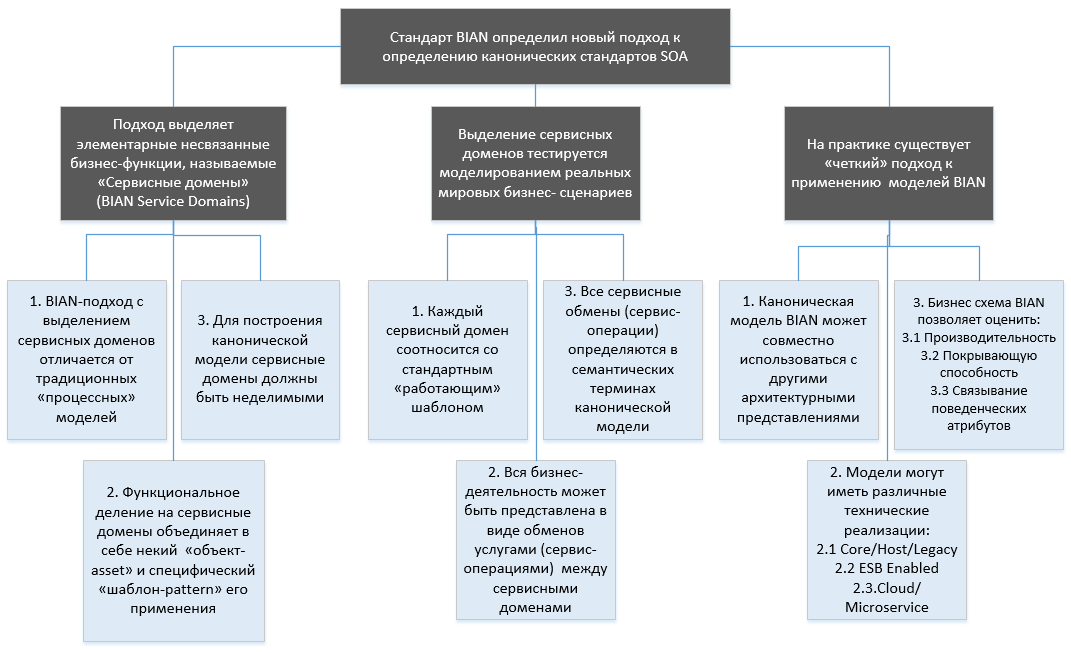
Figure 1. Principles and design methods
A detailed description of each block in the diagram can be found directly in the BIAN How-to Guide - INTRODUCTION TO BIAN V6.0 .
3. Developing Content
BIAN has established an internal organization for centralized control and support of the BIAN standard, as well as a number of specialized working groups that develop the BIAN standard itself. A common approach to content development is used in all teams for consistency. The second document in the BIAN guide series describes the approach to developing a BIAN standard, recommendations, supported patterns and tools. Approaches to standard development are summarized in the diagram below.
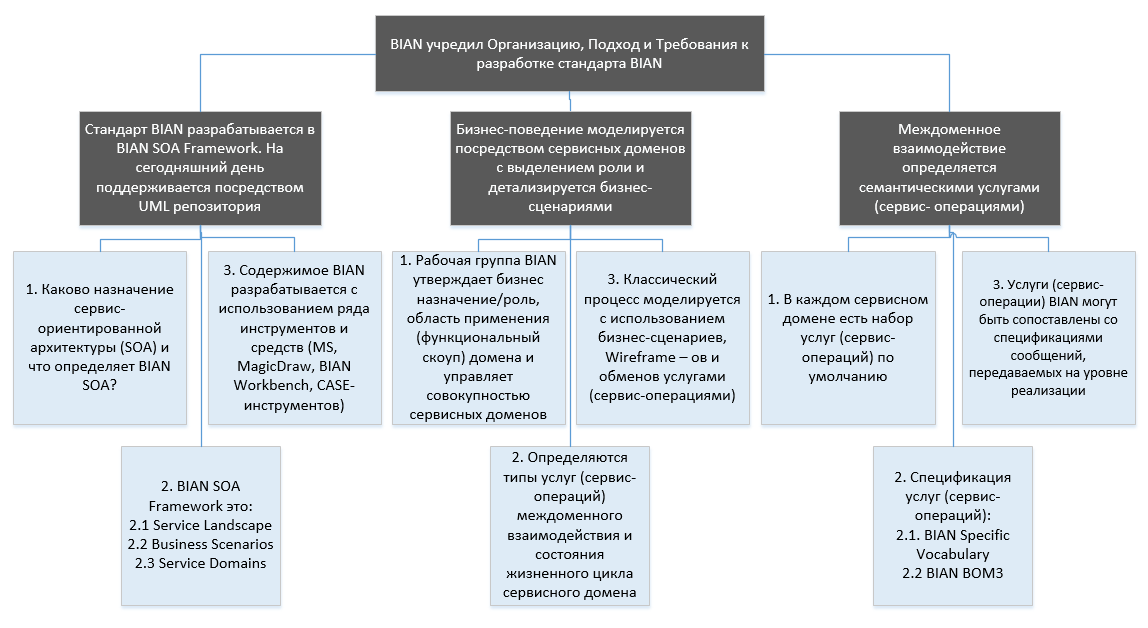
Figure 2. Development of the BIAN standard A
detailed description of each block diagram of Figure 2 can be found directly in the How-to Guide - INTRODUCTION TO BIAN V6.0 .
Also, any BIAN element is described in the standard itself.. For example, the class diagram of the basic elements of the BIAN standard is presented in the figure below.
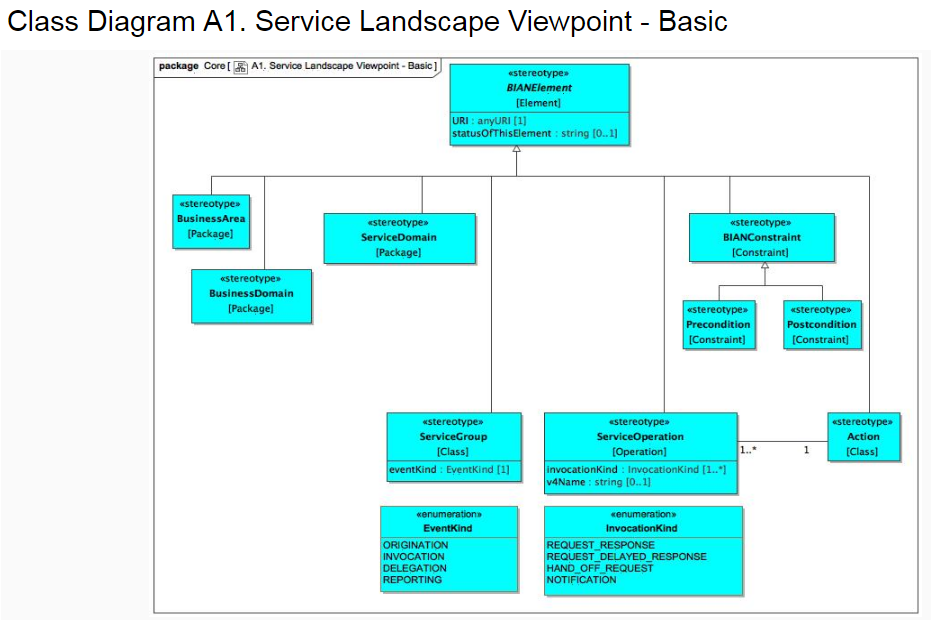
Figure 3. Developing BIAN content
4. Applying the BIAN Standard (BIAN How-to Guide - Applying the BIAN Standard)
The BIAN standard performs a general breakdown of the business area by business functions (into service domains) and their services (semantic service operations). In order to match these standard models with a specific organization, they need to be adapted by selecting the necessary domains, and merged according to the operational capabilities and structure of the organization. Then the high-level BIAN conceptual models can be compared with more detailed technical implementations. The BIAN service domains can also be used as “building blocks” in the preparation of a “business plan” of an enterprise, which, in turn, can be used in planning and analysis. The third BIAN Practical Guide document presents initial recommendations for applying the BIAN model.
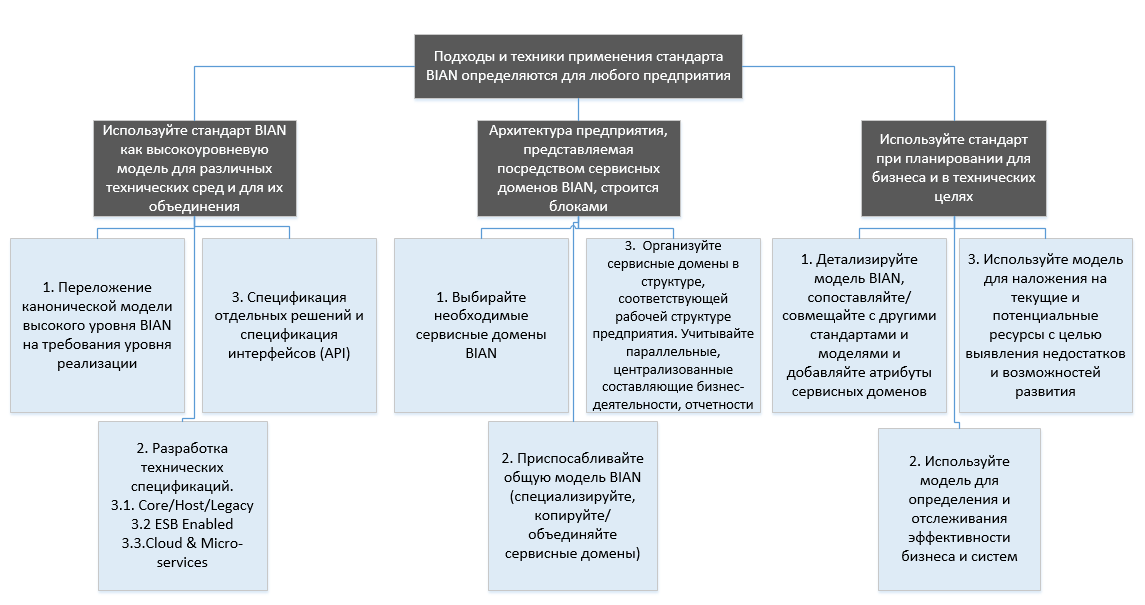
Figure 4. Application of the BIAN standard A
detailed description of each block diagram of Figure 4 can be found directly in the How-to Guide - INTRODUCTION TO BIAN V6.0 .
Standard Tour
And here I want to give an example that demonstrates some of the approaches described from the diagrams provided in the manual.
The BIAN Service Landscape services map is hierarchically formed from the following views:
- Business Area;
- Business Domain (Business Area);
- Service Domain (Service Domain).
On the map, the most "elementary" component is the service domain. He is considered indivisible.
Consider the business direction "Business Support". In particular, we will look at the “Directions of Business” business area with an emphasis on the “Business Architecture” service domain (function) (Figure 5).
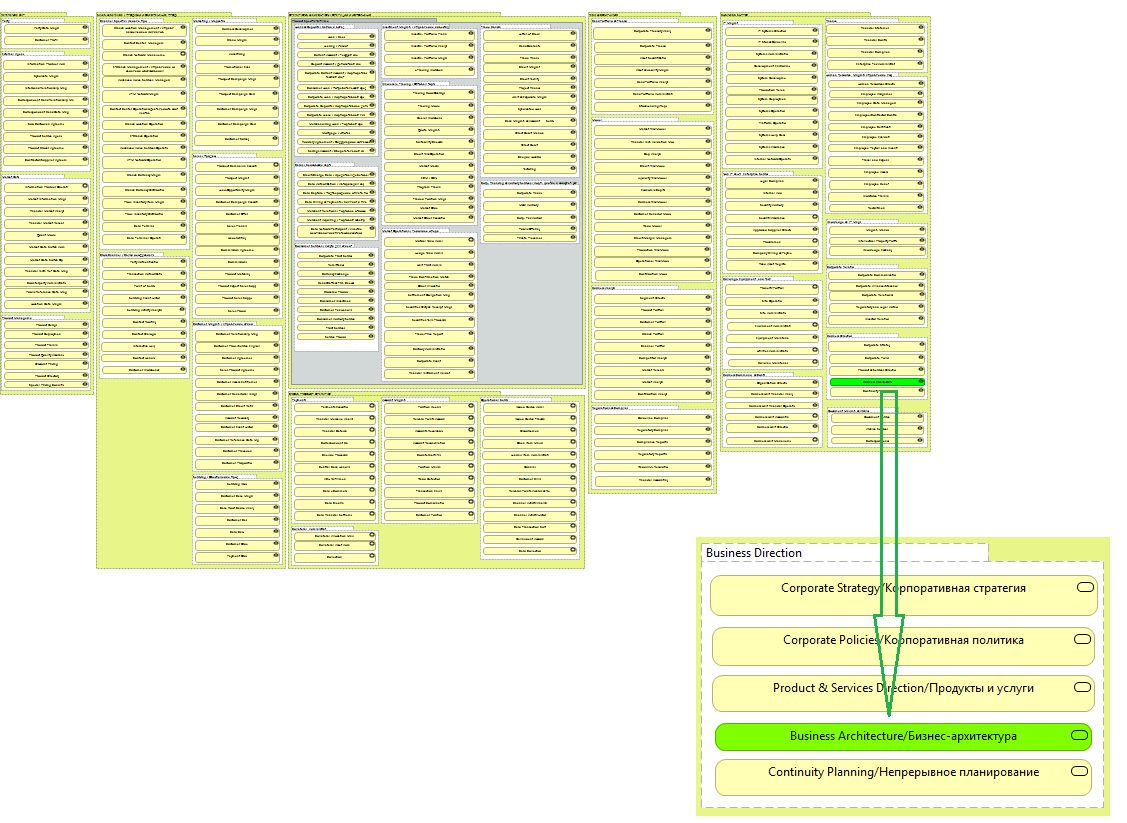
Figure 5. BIAN the Service the Landscape
With map navigation services " BIAN the Landscape the Service shall review the service domain" business architecture "."

Figure 6. Overview of the “Business Architecture” service domain The “Business Architecture”
domain allocates the same-named object (Asset) “Business Architecture” with the functional pattern of work (pattern) above it “Design”. The artifact will be the specification.
It is important to note that any domain on the BIAN Service Landscape services map is decomposed into components described in semantic terms (such as Asset Type, Functional pattern, etc.) and reused in other domains.
Each domain and its components have a description, as well as an example of its use, which greatly simplifies working with the BIAN standard .
Analyzing the domain “Directions of Business”, we have the opportunity to assess whether enough attention in a financial institution is paid to the formation of a strategy, writing policies, evaluating products and services, building a business architecture, and developing “continuous” planning. It is not new knowledge that the enterprise becomes the most successful when approaching, when a business determines information technologies, when an IT architecture is built on the basis of business needs. The use of the international standard BIAN will allow "to expose the weak points" in the architecture of the entire enterprise.
Returning to the words of Vitruvius given at the very beginning of the article, I would like to note their relevance at the present time in the financial industry of Russia. Indeed, it is very important for the financial sector today to evaluate the work already done, its quality and increase it in future projects. This is where the BIAN reference model is able to help, consolidating the experience and knowledge of architects, managers and developers from around the world.
Systems Architect,
© Irina Blazhina
